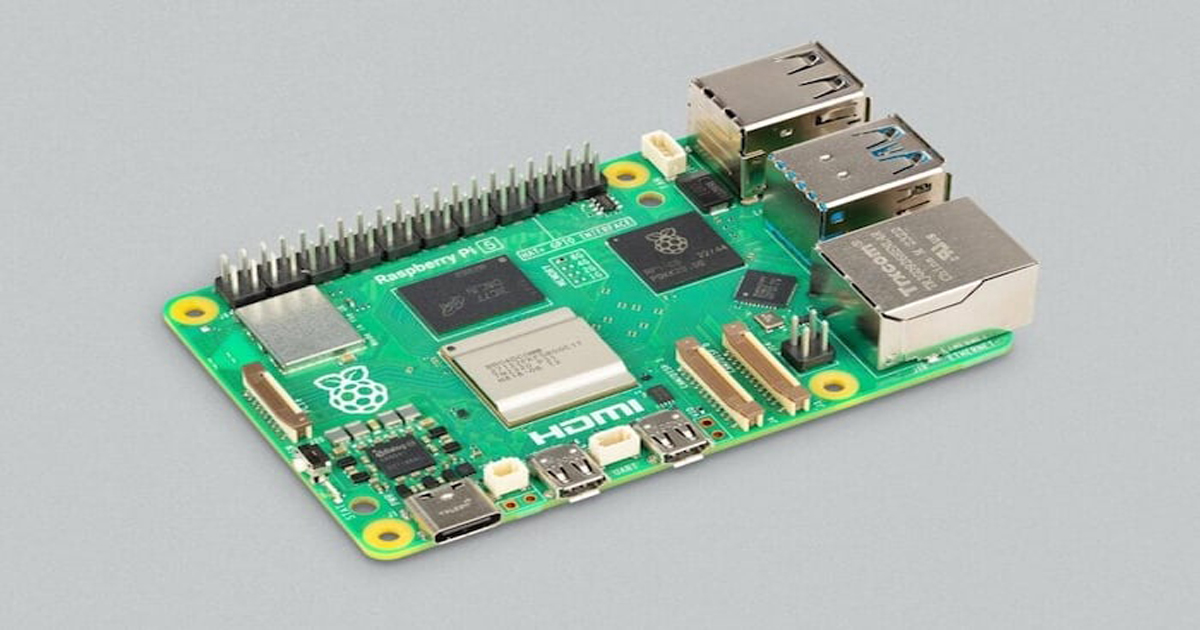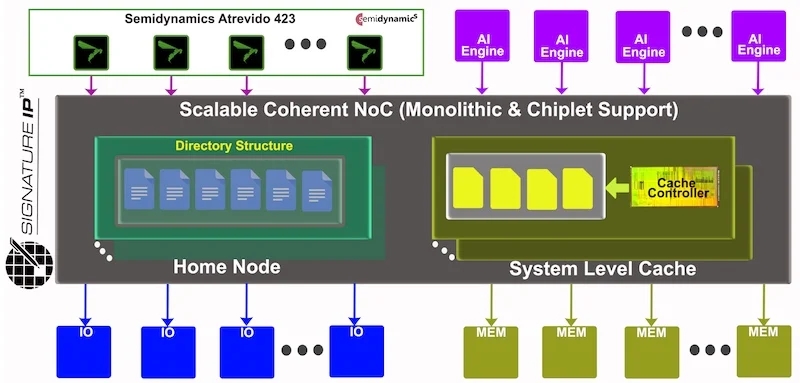Nordic Semiconductor Extends Line of Popular Bluetooth Low Energy SoCs
The new member of the nRF54 family brings high-performance BLE in an even smaller package.
Nordic Semiconductor has announced the nRF54L series, the latest member in the nRF54 family of Bluetooth Low Energy (BLE) SoCs. Nordic claims this new series provides designers with improved performance compared to previous generations of BLE SoCs.
.jpg)
The nRF54L series provides high-efficiency performance in a miniature form factor, bringing IoT capabilities to new devices.
The nRF54L is Nordic’s fourth generation of BLE SoCs, with the nRF54H series announced in April of this year. Each SoC, however, boasts different specs that provide designers more options for connected devices.
This article distinguishes the nRF54L series from other members of the nRF54 family. We'll also examine the SoC's new hardware architecture, which uses a unique TSMC process, to give engineers insight into how and why they can use this device in various embedded designs.
Power and Efficiency in One SoC
Compared to the nRF52 family, the previous generation of BLE SoCs, the nRF54L offers higher performance in both raw processing power and efficiency. Under the hood, the SoC includes an Arm Cortex-M33 processor running at 128 MHz with 1.5 MB of NVM and 256 KB of RAM, providing designers with plenty of resources for most IoT applications.
In addition, several security features are built-in, including secure boot, secure updates, and cryptographic accelerators. To support wireless communication, the device's multiprotocol radio yields a transmit power of up to +8 dBm, a receiver sensitivity of -98 dBm, and a data rate of 4 Mbps. The radio itself provides power savings, with current consumption halved compared to the nRF52 series.
.jpg)
The 22ULL process from TSMC allows designers to improve efficiency by reducing the required supply voltage and leakage currents for digital systems.
Many of these power savings may be attributed to the SoC's TSMC process. More specifically, the 22 nm Ultra Low Leakage (22ULL) process is designed to reduce the amount of leakage current for the transistors inside the silicon while simultaneously reducing the required operating voltage. This not only improves the efficiency of the system but also decreases power consumption, providing benefits for small, battery-powered IoT devices.
Rounding Out the nRF54 Family
Together with the other members of the nRF54 family, the nRF54L series fills an important role in IoT design. While Nordic designed the previously announced nRF54H series for best-in-class RF and processing performance, the company built the nRF54L series for general-purpose applications where state-of-the-art technology is unnecessary.
Nordic offers the nRF54L15 in a 2.4 × 2.2 mm WLCSP package, allowing designers to integrate BLE support into ultra-space-restricted applications.
The nRF54L series cuts down on both BOM costs and space requirements. Early images show that the nRF54L is much smaller than the nRF54H, allowing designers to integrate BLE SoCs in more space-restricted applications. In fact, Nordic claims the nRF54L is more than 50% smaller than the previous nRF52 generation. The company is currently sampling the nRF54L to selected customers in a 6 × 6 mm QFN package.
Connecting Smaller Devices
Although the specs of the nRF54L series may not set records compared to the other members of the nRF54 family, it does fill a critical role for small yet powerful BLE SoCs. As designers connect more devices to the IoT, the nRF54L series could bring new applications to the forefront that were previously impractical with larger chips.




